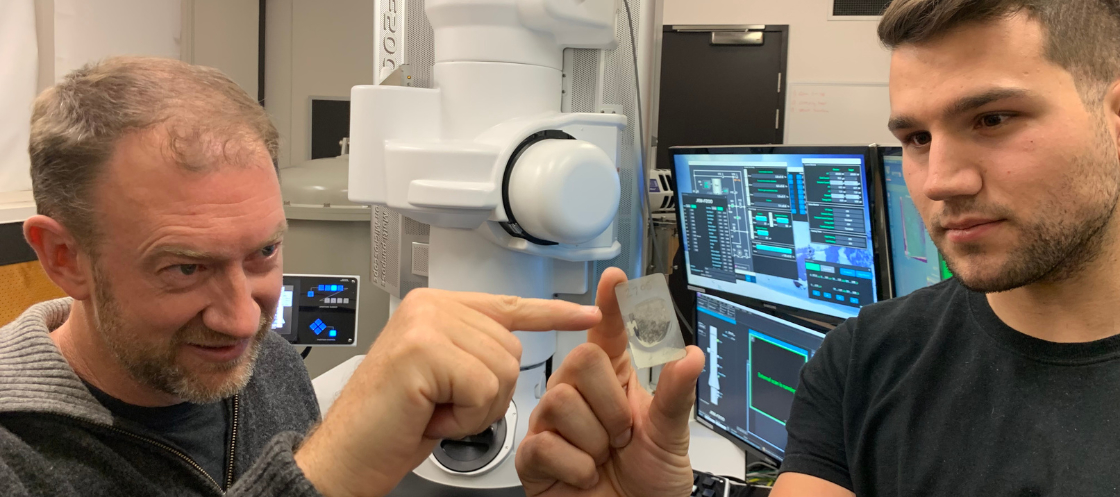Unique diamonds found in meteorites will help with precision mining tools
A research team, with scientists from Monash University, RMIT University, CSIRO, the Australian Synchrotron and Plymouth University, has confirmed the existence of lonsdaleite, a nano-sized diamond, that could be useful for cutting through ultra-solid materials on mining sites

Lead study author Professor Andy Tomkins, an ARC Future Fellow at Monash University’s School of Earth, Atmosphere and Environment, discovered the unusually formed lonsdaleite crystallites when looking at ureilite meteorites in his lab.
In a paper published in Proceedings of the National Academy of Sciences of the United States of America (PNAS) yesterday, they uncovered the unique process that enabled the diamond and lonsdaleite to form naturally, with implications for industrial diamond manufacturing.
The study could lead to new techniques to manufacture industrial diamonds, such as tiny ultra-hard machine parts for cutting through solid materials on mining sites.
The current method for producing industrial diamonds involves chemical vapour deposition, in which diamonds are formed onto a substrate from a gas mix at low pressures.
“We propose that lonsdaleite in the meteorites formed from a supercritical fluid at high temperature and moderate pressures, almost perfectly preserving the textures of the pre-existing graphite. Later, lonsdaleite was partially replaced by diamond as the environment cooled and the pressure decreased.”
“Nature has thus provided us with a process to try and replicate in industry. We think that lonsdaleite could be used to make tiny, ultra-hard machine parts if we can develop an industrial process that promotes replacement of pre-shaped graphite parts by lonsdaleite.”
In this work, the researchers used cutting-edge electron microscopy and synchrotron techniques to create maps of lonsdaleite, diamond, and graphite found in the meteorites.
RMIT Professor Dougal McCulloch, said the hexagonal structure of lonsdaleite’s atoms made it much harder than regular diamonds, which had a cubic structure.
“This study proves categorically that lonsdaleite exists in nature,” said McCulloch, Director of the RMIT Microscopy and Microanalysis Facility.
















